Premium Only Content
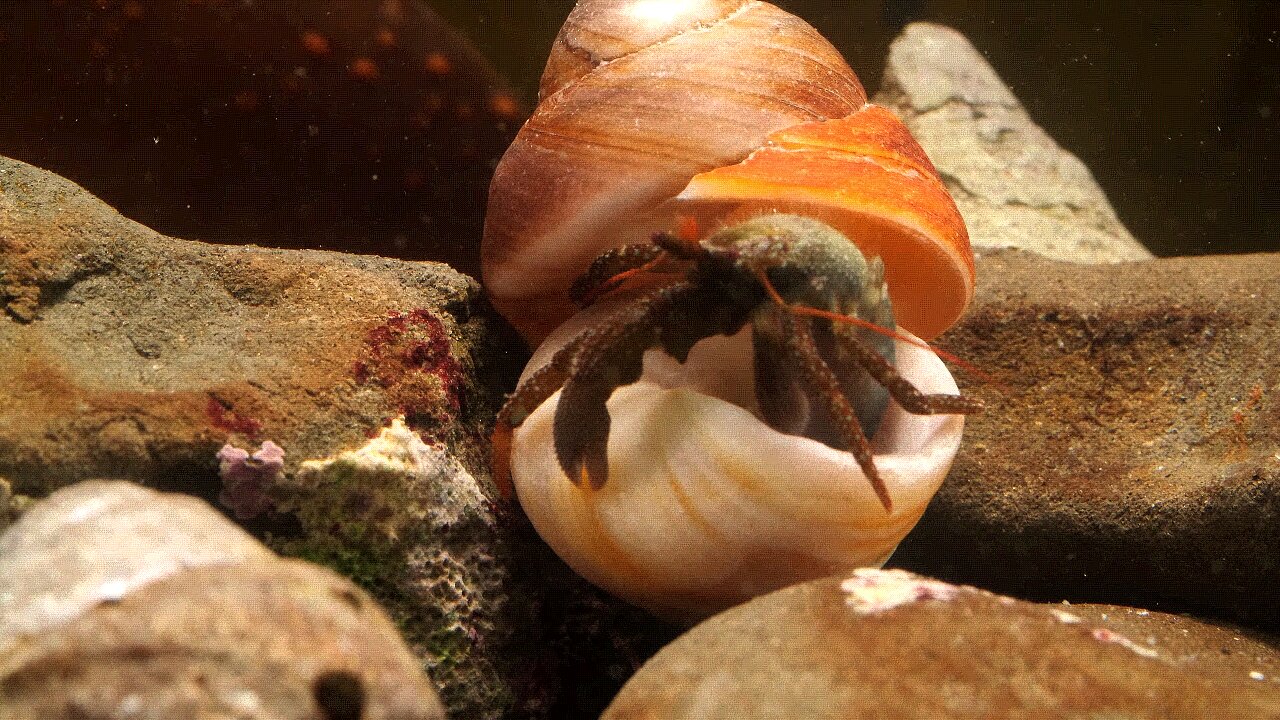
Hermit crab finds luxurious homes and can't decide
How to decide which home is more suitable for it to live in. The first home needed cleaning up but was very comfortable. Then it spotted another home and was excited to try it out also.
Anatomy
Hermit crabs are invertebrates, but they do have an exoskeleton, or outer shell, that provides support for their body. They have ten joint legs, and usually, the front two are of different sizes. The large left claw is used for defence, and the smaller right claw for scooping food and water. Two pairs of sensory antennae and two compound eyes at the end of stalks provide information about their surroundings. They breathe through modified gills.
Shells
Because the hermit crab doesn’t have a very hard shell, and its abdomen is soft and vulnerable, it uses other animals' old shells for protection. Snail shells are common protection for hermit crabs. When it finds a proper shell, it pulls itself inside, leaving its head and several claws outside for locomotion, defence and feeding. The flexible body allows it to twist inside a variety of shells. When it outgrows its shell, seeks a larger one.
Moulting
Hermit crabs grow by shedding their exoskeletons and growing a new one, a process called moulting. This happens about once a year, but smaller crabs might moult more often. You probably will see signs that your crab is ready to moult. His eyes will get cloudy, he will eat and drink more, and he will dig in the sand. Moulting is stressful for your crab, and he feels safer hiding in the sand. Provide him with extra water, as well as foods high in calcium. Give him a couple of larger shells to choose from for his new home. Leave his old shell, though, as he might eat it for the nutrients.
Behaviour
Hermit crabs are fun to watch as they go about the business of being crabs. These nocturnal creatures generally are quiet during the day, but come alive after sunset. Two are better than one – despite his name, this is a social creature. Tank mates will engage in play, climb over each other and try on other shells. Place similar-sized crabs together to avoid dominant behaviour.
#crab #shell #home
-
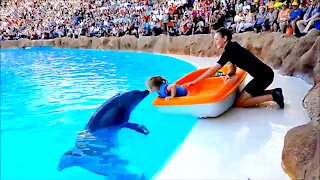 1:37
1:37
Expert Videos Magnetic Media
3 years agoDolphin kisses a little girl and brings her a gift
46144 -
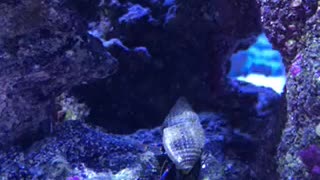 0:13
0:13
Vaughan and Kyle's Fish
3 years agoSaltwater Hermit Crab
56 -
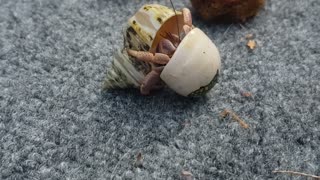 1:29
1:29
ViralHog
4 years ago $0.02 earnedHermit Crab Moving Between Homes
208 -
 2:24:54
2:24:54
WeAreChange
8 hours agoTrump Sides With Musk On Visas! MAGA Base ENRAGED??
70.6K74 -
 2:04:26
2:04:26
Nerdrotic
9 hours ago $17.19 earnedThe Program: The Government's UFO Cover Up Programs | Forbidden Frontier #085
55K15 -
 2:13:07
2:13:07
vivafrei
11 hours agoEp. 243: HOLIDAY SPECIAL! The Great H1B Visa Debate! Jay z Gets Scorched! Attack in Germany! & MORE!
132K298 -
 16:40
16:40
Russell Brand
13 hours agoTHIS MASSIVELY BACKFIRED...
156K520 -
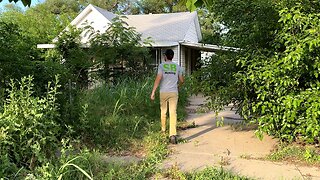 25:41
25:41
SB Mowing
17 hours agoPICTURE living next to THIS and not knowing what to do…
105K35 -
 2:16:01
2:16:01
George Galloway
1 day agoNEW YEAR COUNTDOWN - MOATS with George Galloway - EP 408
115K152 -
 18:39
18:39
Stephen Gardner
13 hours ago🔥BREAKING! Trump's SHOCKING New Demand | Biden admits DOJ TARGETED Trump Illegally!
90.2K388